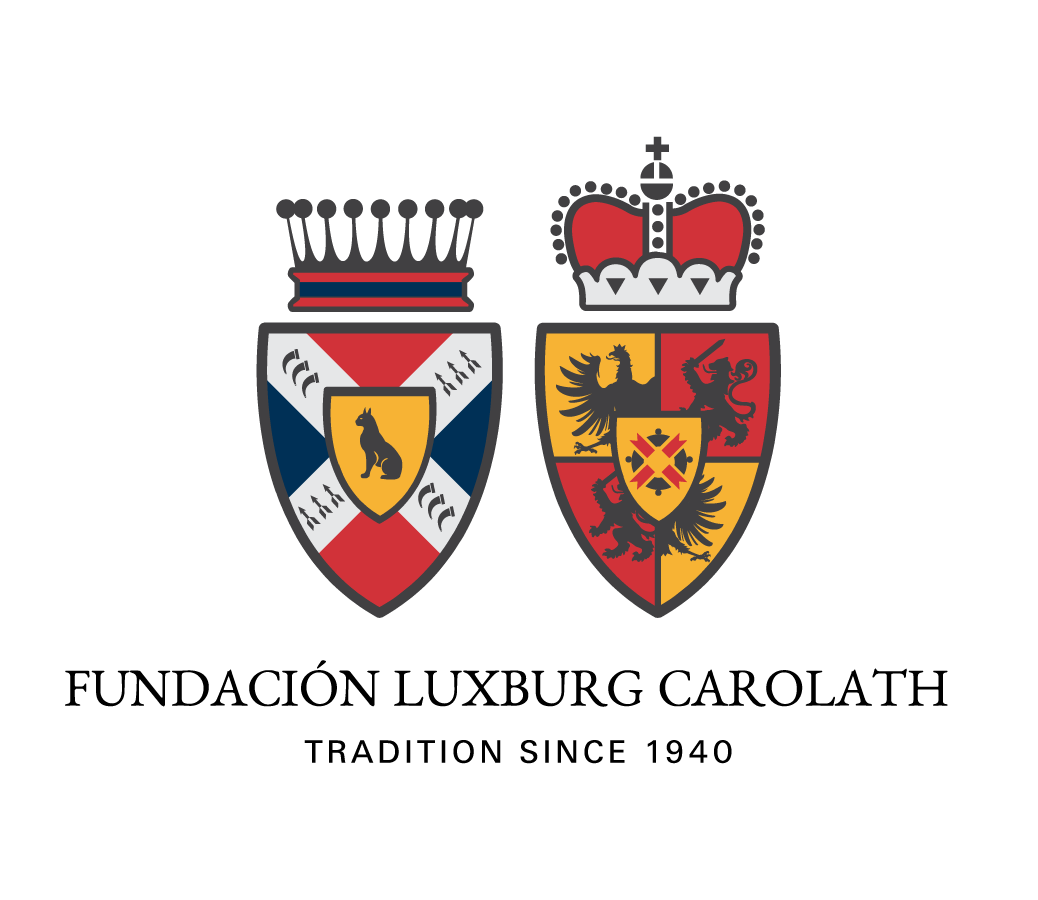
About 52 million gallons of water are needed to operate each ship passing through the Panama Canal.
Situated on the southernmost end of the isthmus connecting North America and South America, Panama plays its role of “middle ground” well: Home to many species that hail from each of its two larger continental neighbors — as well as many species found nowhere else in the world — Panama enjoys the most diverse wildlife of all Central American countries. Although it is slightly smaller than South Carolina, Panama has the largest rainforest in the Western Hemisphere outside the Amazon Basin. Nearly 500 rivers traverse the country’s rugged landscape, including the Chagres, one of Panama’s widest waterways and the source of enormous hydroelectric power. Deforestation is a continual threat in the country, where tree cover has been reduced by more than 50 percent since the 1940s.
Panama is the business heart of Latin America thanks to the use of the Spanish language ( the 2nd most spoken language in the world), stable laws, political system and super modern infrastructures. In addition, current political stability and great laws showed their ability to fight the corona virus pandemic successfully. In Panama, the U.S dollar is the main currency although the Balboa is the national historical currency and is still used as coins. Sophisticated and advanced banking systems, the best free trade zones next to the Panama Canal and high level of security allow solid financial opportunities. NGO and religious organisations are given preference to operate from Panama all over the world. Moreover, Panamanians are known to be warm, welcoming and very cosmopolitan people who never judge people by race or religion and in this way making any work and activity in Panama more pleasant.

